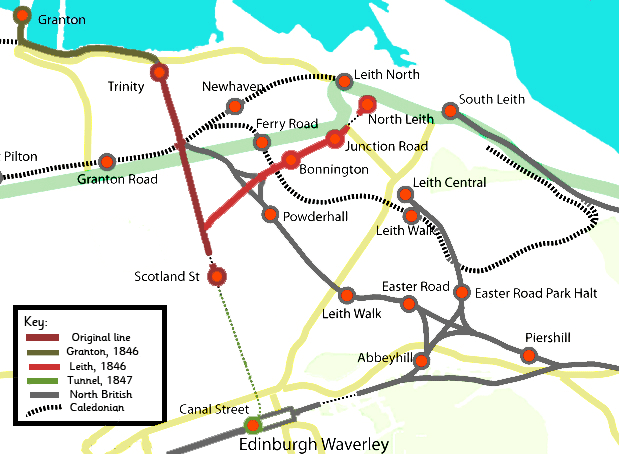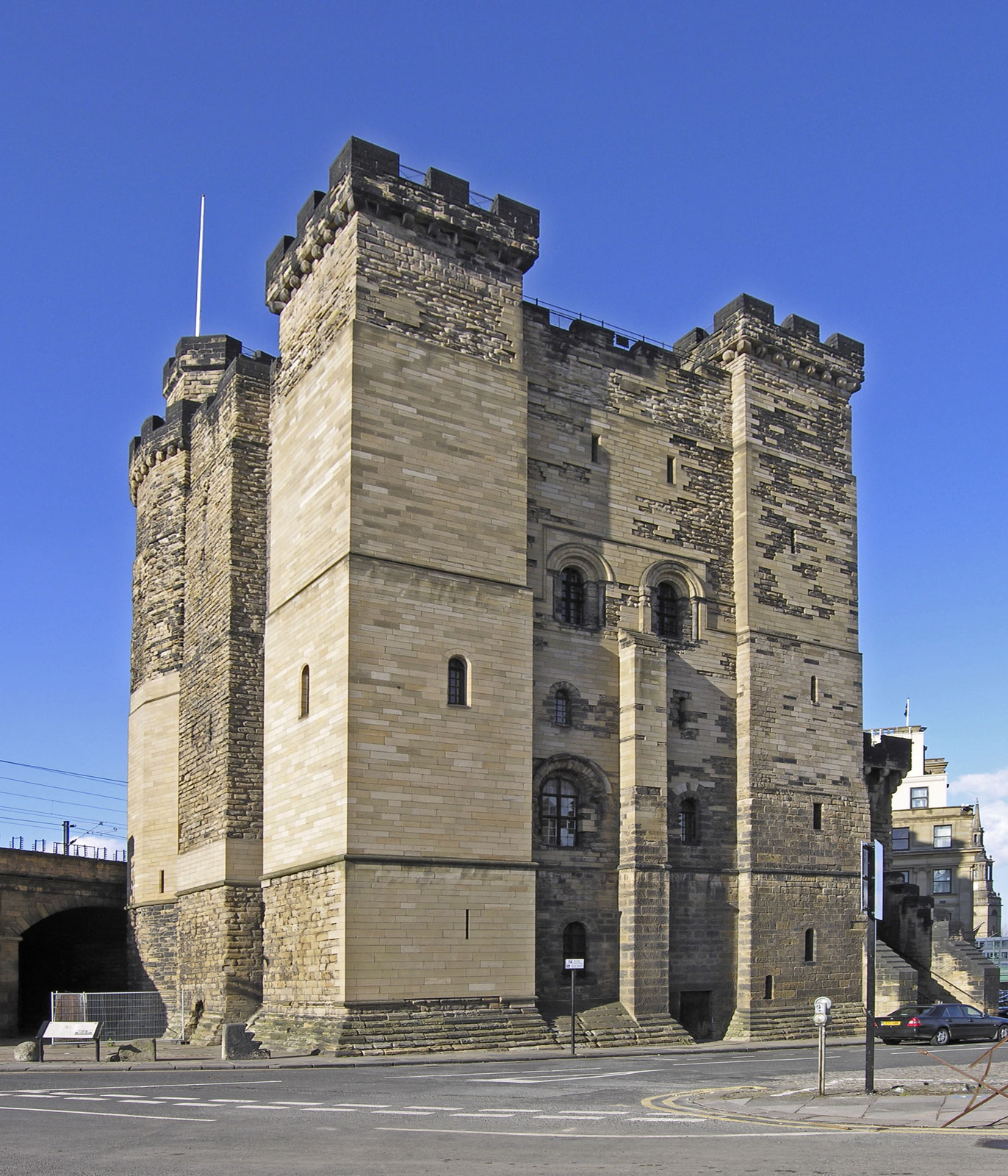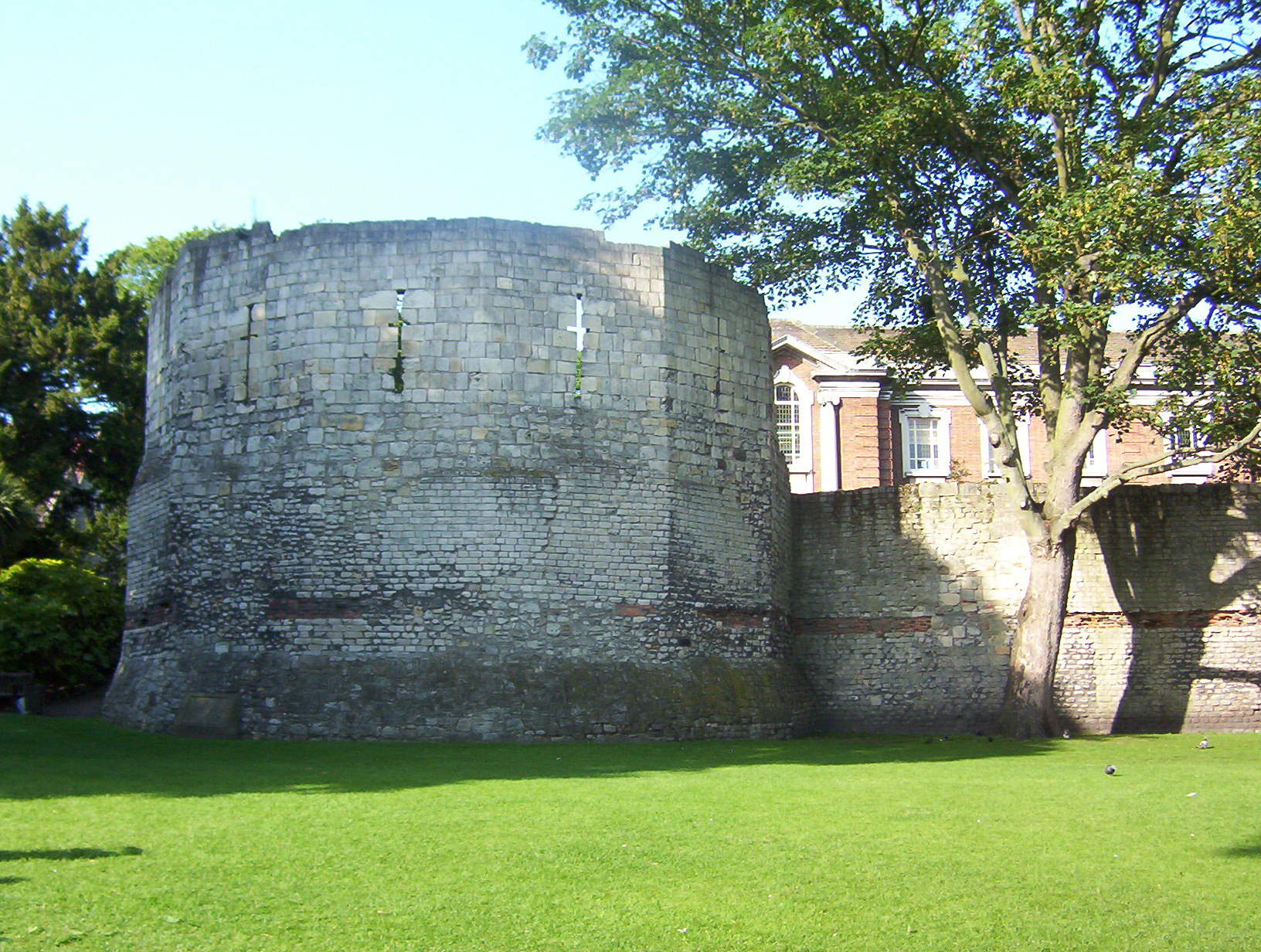|
LNER Class A4 4464 Bittern
4464 ''Bittern'' is a London and North Eastern Railway (LNER) Class A4 steam locomotive. Built for the LNER on 18 December 1937 at Doncaster Works as works number 1866, it received number 4464. After that it was renumbered 19 on 16 August 1946 under the LNER 1946 renumbering scheme, and finally 60019 by British Railways on 10 October 1948, after nationalisation. Of the 35 strong class, it is one of six to survive into preservation but it is one of only two currently scheduled to be certified for mainline use. In preservation, the locomotive has also worn the identities of a number of its scrapped classmates, including the first of the A4 class 2509 ''Silver Link'' and most recently as 4492 ''Dominion of New Zealand''. Liveries Like the other members of its class, ''Bittern'' has worn many liveries throughout its career. When released to traffic on 18 December 1937, ''Bittern'' was wearing the garter blue livery that was standard for LNER A4 Pacific locomotives at that time. On ... [...More Info...] [...Related Items...] OR: [Wikipedia] [Google] [Baidu] |
Doncaster Works
Doncaster Railway Works is a railway workshop located in Doncaster, England. Also referred to as The Plant''", it was established by the Great Northern Railway in 1853, replacing the previous works in Boston and Peterborough. Until 1867 it undertook only repairs and maintenance. Today the remaining part is operated by Wabtec. History In 1866, Patrick Stirling was appointed as Locomotive Superintendent, and the first of the 875 class was built in 1886. At this time the works also began building new coaches: in 1873 the first sleeping cars; in 1879 the first dining cars in the United Kingdom; and in 1882 the first corridor coaches. In 1891, 99 locomotives, 181 carriages and 1,493 wagons were built. Among the locomotives the works produced were the Stirling Singles, the Ivatt Atlantics and the Gresley Pacifics, including the world-famous '' Flying Scotsman'', the first locomotive to achieve 100 mph and also run from London King's Cross to Edinburgh Waverley non-sto ... [...More Info...] [...Related Items...] OR: [Wikipedia] [Google] [Baidu] |
Ferryhill
Ferryhill is a town in County Durham, England, with an estimated population in 2018 of 9,362. The town grew in the 1900s around the coal mining industry. The last mine officially closed in 1968. It is located between the towns of Bishop Auckland, Newton Aycliffe, Sedgefield, Shildon, Spennymoor and the cathedral city of Durham. Geography Ferryhill sits on the western edge of the Ferryhill Gap, a natural gateway in limestone escarpment that outcrops on the Eastern Durham Plateau. The main settlement lies along the 'SW-NE' ridge, with later developments made to the south of the ridge. Ferryhill lies on the medieval Great North Road, which used to be the A1. It was bypassed when the Ferryhill Cut was excavated in 1923. The road is now the A167, which leads to Durham and Newcastle-upon-Tyne to the North, and to Darlington in the south. Ferryhill Carrs is a Site of Special Scientific Interest and designated Local Nature Reserve at the Eastern edge of the town. Section ... [...More Info...] [...Related Items...] OR: [Wikipedia] [Google] [Baidu] |
Edinburgh Waverley Railway Station
Edinburgh Waverley railway station (also known simply as Waverley; gd, Waverley Dhùn Èideann) is the principal railway station serving Edinburgh, Scotland. It is the second busiest station in Scotland, after Glasgow Central. It is the northern terminus of the East Coast Main Line, from , although some trains operated by London North Eastern Railway continue to other Scottish destinations beyond Edinburgh. Location Waverley station is situated in a steep, narrow valley between the medieval Old Town and the 18th century New Town. Princes Street, the premier shopping street, runs close to its north side. The valley is bridged by the North Bridge, rebuilt in 1897 as a three-span iron and steel bridge, on huge sandstone piers. This passes high above the station's central section, with the greater half of the station being west of North Bridge. The central booking hall is just west of the northern massive stone pier of the bridge and cleverly hides it within its bulk. Wa ... [...More Info...] [...Related Items...] OR: [Wikipedia] [Google] [Baidu] |
Newcastle Railway Station
Newcastle Central Station (also known simply as Newcastle and locally as Central Station) is a major railway station in Newcastle upon Tyne. It is located on the East Coast Main Line, around north of . It is the primary national rail station serving Newcastle upon Tyne, with local rail services provided by the Tyne and Wear Metro network to which the station is connected to by Central Station Metro station, situated beneath the national rail station. The main line serving the station is the East Coast Main Line from London to Edinburgh via Yorkshire and Newcastle. TransPennine Express maintains a frequent service to Liverpool and Manchester, and CrossCountry provides services to the West Midlands and South West of England. The station is also on the Durham Coast Line which provides commuter connections to Gateshead, Sunderland, Hartlepool, and Middlesbrough. Additionally, the station is served by the Tyne Valley Line to Hexham and Carlisle. Direct destinations from the st ... [...More Info...] [...Related Items...] OR: [Wikipedia] [Google] [Baidu] |
London King's Cross Railway Station
King's Cross railway station, also known as London King's Cross, is a passenger railway terminus in the London Borough of Camden, on the edge of Central London. It is in the London station group, one of the busiest stations in the United Kingdom and the southern terminus of the East Coast Main Line to North East England and Scotland. Adjacent to King's Cross station is St Pancras International, the London terminus for Eurostar services to continental Europe. Beneath both main line stations is King's Cross St Pancras tube station on the London Underground; combined they form one of the country's largest and busiest transport hubs. The station was opened in Kings Cross in 1852 by the Great Northern Railway on the northern edge of Central London to accommodate the East Coast Main Line. It quickly grew to cater for suburban lines and was expanded several times in the 19th century. It came under the ownership of the London and North Eastern Railway as part of the Big Four gr ... [...More Info...] [...Related Items...] OR: [Wikipedia] [Google] [Baidu] |
Flying Scotsman (train)
The ''Flying Scotsman'' is an express passenger train service that operates between Edinburgh and London, the capitals of Scotland and England, via the East Coast Main Line. The service began in 1862; the name was officially adopted in 1924. It is currently operated by London North Eastern Railway. History The East Coast Main Line over which the ''Flying Scotsman'' runs was built in the 19th century by many small railway companies, but mergers and acquisitions led to only three companies controlling the route; the North British Railway (NBR), the North Eastern Railway (NER) and the Great Northern Railway (GNR). In 1860 the three companies established the East Coast Joint Stock for through services using common vehicles, and it is from this agreement that the ''Flying Scotsman'' came about. Operation The first ''Special Scotch Express'' ran in 1862, with simultaneous departures at 10:00 from the GNR's London King's Cross and the NBR's Edinburgh Waverley. The original ... [...More Info...] [...Related Items...] OR: [Wikipedia] [Google] [Baidu] |
Newcastle Upon Tyne
Newcastle upon Tyne ( RP: , ), or simply Newcastle, is a city and metropolitan borough in Tyne and Wear, England. The city is located on the River Tyne's northern bank and forms the largest part of the Tyneside built-up area. Newcastle is also the most populous city of North East England. Newcastle developed around a Roman settlement called Pons Aelius and the settlement later took the name of a castle built in 1080 by William the Conqueror's eldest son, Robert Curthose. Historically, the city’s economy was dependent on its port and in particular, its status as one of the world's largest ship building and repair centres. Today, the city's economy is diverse with major economic output in science, finance, retail, education, tourism, and nightlife. Newcastle is one of the UK Core Cities, as well as part of the Eurocities network. Famous landmarks in Newcastle include the Tyne Bridge; the Swing Bridge; Newcastle Castle; St Thomas’ Church; Grainger Town includin ... [...More Info...] [...Related Items...] OR: [Wikipedia] [Google] [Baidu] |
Heaton TMD
Heaton TMD is a railway traction maintenance depot situated in the Heaton area of Newcastle upon Tyne, England, it is located next to the East Coast Main Line, around east of Newcastle Central station. Heaton was a sub-shed of Gateshead between 1963 and 1967. History Originally built by the North Eastern Railway to provide steam locomotives serving principally the extensive Heaton marshalling yards and freight traffic, but also a considerable proportion of main line and local passenger traffic from . The location meant that it provided motive power to the and steep Riverside Branch. Unliked by crews due to the need to pass through three tunnels and the resultant toxic smoke in their cabs, in 1905 it was electrified using 750 VDC technology, with power supplied via both overhead catenary and, within the tunnels, third-rail. Both of the BTH/Brush 640 hp (BR Class ES1) locomotives were based at Heaton, designed as a Bo-Bo with central cab. They worked from the shed unti ... [...More Info...] [...Related Items...] OR: [Wikipedia] [Google] [Baidu] |
LNER Class A4 4468 Mallard
LNER Class A4 4468 ''Mallard'' is a 4-6-2 ("Pacific") steam locomotive built in 1938 for operation on the London and North Eastern Railway (LNER) at Doncaster Works to a design of Nigel Gresley. Its streamlined, wind tunnel tested design allowed it to haul long distance express passenger services at high speeds. On 3 July 1938, ''Mallard'' broke the world speed record for steam locomotives at , which still stands. While in British Railways days regular steam-hauled rail services in the UK were officially limited to a 90 mph 'line speed', before the war, the A4s had to run significantly above 90 mph just to keep schedule on trains such as the '' Silver Jubilee'' and '' The Coronation'', with the engines reaching 100 mph on many occasions. ''Mallard'' covered almost one and a half million miles (2.4 million km) before it was retired in 1963. The locomotive is long and weighs 165 long tons (168 tonnes, 369,600 lbs), including the tender. It is painted LNER garte ... [...More Info...] [...Related Items...] OR: [Wikipedia] [Google] [Baidu] |
LNER Class A4 4488 Union Of South Africa
60009 ''Union of South Africa'' is a LNER Class A4 steam locomotive built at Doncaster Works on 16 April 1937. It is one of six surviving A4s. Its mainline certification expired in April 2020. As the locomotive is subject to a boiler inspection, it was moved to the East Lancashire Railway as the original plan was to keep it running there until the end of boiler certificate and then send it somewhere else for static display, but cracked boiler tube forced it into premature retirement. It was briefly renamed ''Osprey'' during part of the 1980s and 1990s due to political opposition against apartheid in South Africa at the time. Names Built by the London and North Eastern Railway (LNER) in 1937 at Doncaster Works and originally numbered 4488, it was named after the then newly formed Union of South Africa. It had previously been allocated the name ''Osprey'' and painted in LNER Apple Green livery on 17 April 1937, but was renamed and repainted into LNER Garter Blue to operate '' ... [...More Info...] [...Related Items...] OR: [Wikipedia] [Google] [Baidu] |
Baedeker Blitz
The Baedeker Blitz or Baedeker raids were a series of aerial attacks in April and May 1942 by the German ''Luftwaffe'' on English cities during the Second World War. The name derives from Baedeker, a series of German tourist guide books, including detailed maps, which were used to select targets for bombing. The raids were planned in response to a devastating increase in the effectiveness of the Royal Air Force's (RAF) bombing offensive on civilian targets after the Area Bombing Directive (General Directive No.5 (S.46368/111. D.C.A.S), starting with the bombing of Lübeck in March 1942. The aim was to begin a tit-for-tat exchange with the hope of forcing the RAF to reduce their attacks. To increase the effect on civilian morale, targets were chosen for their cultural and historical significance, rather than for any military value. The majority of the raids took place in late April 1942 through May 1942, but towns and cities continued to be targeted for their cultural value o ... [...More Info...] [...Related Items...] OR: [Wikipedia] [Google] [Baidu] |
York
York is a cathedral city with Roman Britain, Roman origins, sited at the confluence of the rivers River Ouse, Yorkshire, Ouse and River Foss, Foss in North Yorkshire, England. It is the historic county town of Yorkshire. The city has many historic buildings and other structures, such as a York Minster, minster, York Castle, castle, and York city walls, city walls. It is the largest settlement and the administrative centre of the wider City of York district. The city was founded under the name of Eboracum in 71 AD. It then became the capital of the Roman province of Britannia Inferior, and later of the kingdoms of Deira, Northumbria, and Jórvík, Scandinavian York. In the Middle Ages, it became the Province of York, northern England ecclesiastical province's centre, and grew as a wool-trading centre. In the 19th century, it became a major railway network hub and confectionery manufacturing centre. During the Second World War, part of the Baedeker Blitz bombed the city; it ... [...More Info...] [...Related Items...] OR: [Wikipedia] [Google] [Baidu] |



.jpg)

.jpg)



.jpg)

